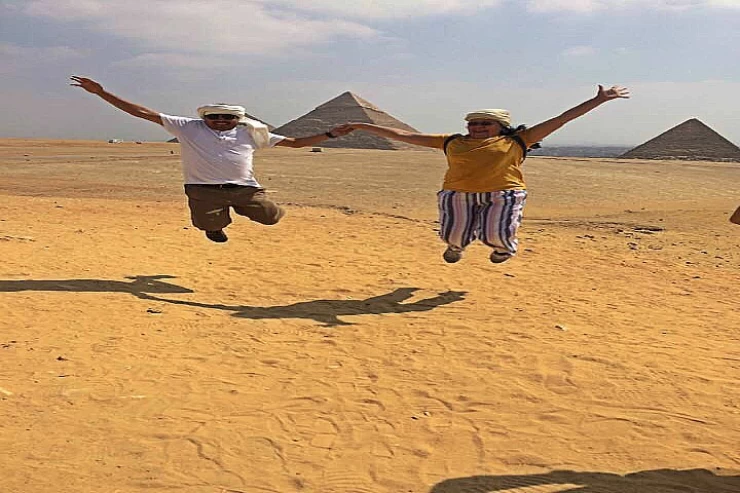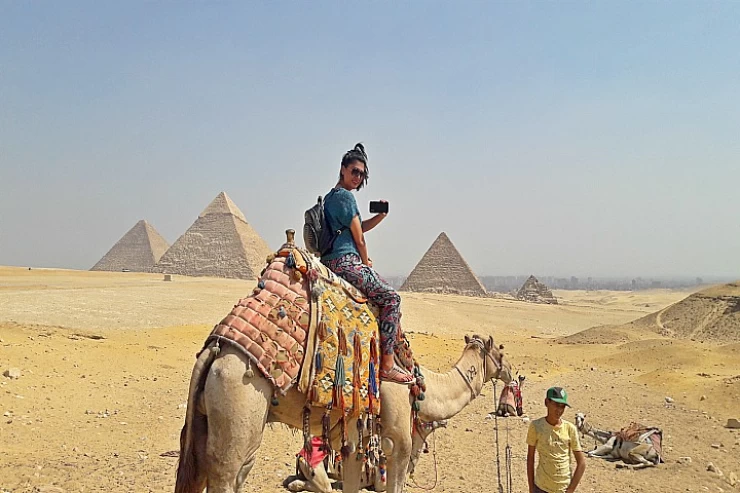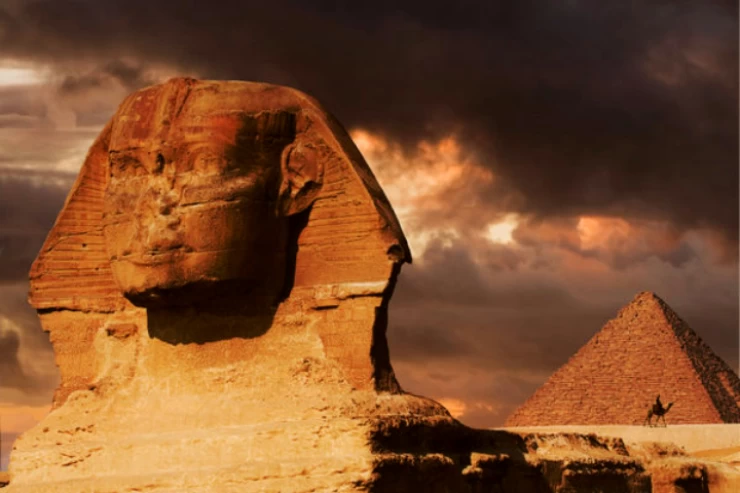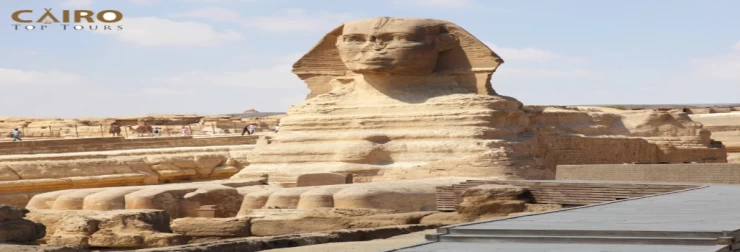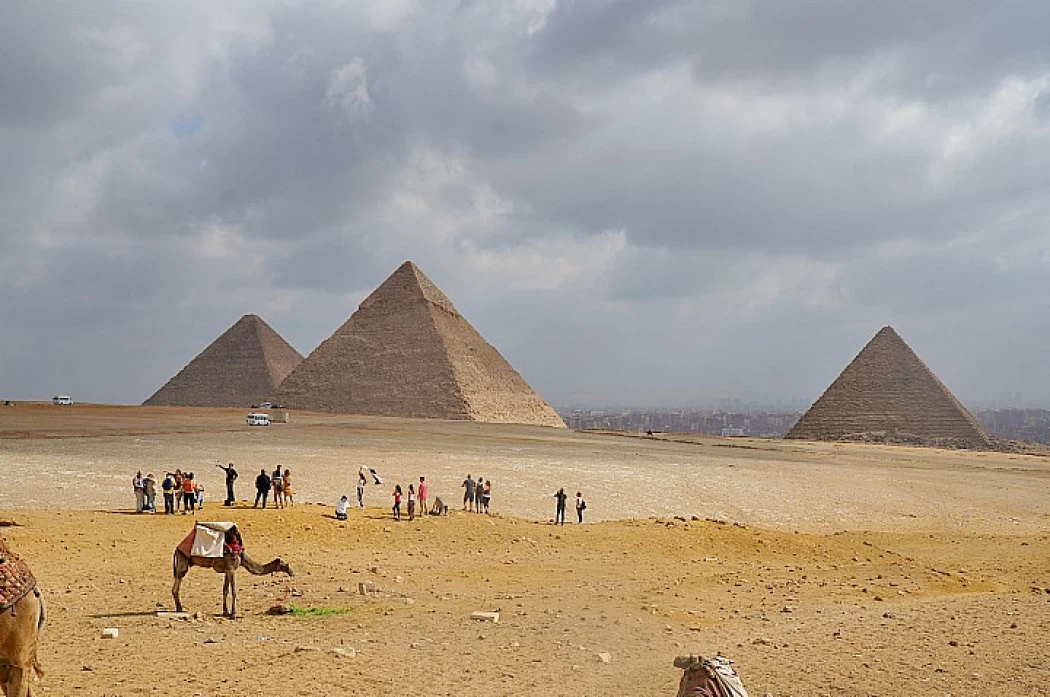
Giza Pyramids | Necropolis of Giza
Necropolis of Giza
The Pyramids of Giza are part of the ancient city of Minf and its UNESCO World Heritage Sites List since 1979. The Egyptian capital was Minf for several historical monuments from the age of the ancient state, until the beginning of Alexander the Great's rule.
The archaeological area includes King Khovo's Great Pyramid, the only remaining marvel of the seven ancient wonders of the world, as well as 38 pyramids in Giza, Sqara, Abu Sir and Dahshur, and about 9 thousand monuments and cemeteries from different periods from the First Dynasty to the Greek-Roman era.
The Great Pyramid of Giza was built during the reign of Pharaoh Khufu, Egypt's second king of the Fourth Dynasty, dating back to around 2575-2465 BC. It was completed around 2560 BC and is considered one of the seven wonders of the world, distinguished as the last remaining wonders of the world.
Originally, the Great Pyramid stood at an impressive height of 482 feet (147 meters), but the erosion and removal of polished limestone casing stones reduced its height to 449 feet (137 meters). The base and sides of the pyramid are 755 feet (230 meters) long. The pyramid has a delicate trend towards the four core points of the compass, showcasing the outstanding astronomical and engineering skills of ancient Egyptians. Its core consists of blocks of yellowstone limestone, while the inner corridors are made of light-colored soft limestone. The burial chamber itself is built from huge blocks of granite.
To create this architectural marvel, an amazing 2.3 million stone pieces, with a total weight of 5.75 million tons, have been extracted, transported and assembled. The precision of the construction, both in the interior walls and in the few remaining outer shell stones, is unparalleled in the ancient Egyptian construction.
On the northern side of the Great Pyramid, approximately 59 feet (18 meters) above the ground, lies the entrance. The inner part of the pyramid has a descending passage that passes through the construction, extends to the rocky soil, and ends in an incomplete underground room. An ascending corridor leading to the Queen's Room and a large inclined corridor known as the Grand Gallery run from the landing corridor. The king's room, the main burial room, is fully lined and roofed with granite and can be accessed via a long and narrow passage of the large exhibition. Above the king's room, there are five compartments separated by huge horizontal granite panels, possibly designed to distribute the enormous weight of the covered construction.
The pyramids of Giza consist of three main pyramids: Khovu, Khafra, and Muqbar. The Cheovo Pyramid, also known as the Great Pyramid, is the largest and oldest of the triple. Its sides rise at an angle of 51 ° 52 ′ and head precisely towards the basic points. The Khafra pyramid is the second largest and was built for the fourth king of the fourth dynasty. He keeps some of his limestone outer cover on top. A breakaway pyramid is the smallest of the three, and has been constructed for the fifth king of the fourth family.
The Sphinx statue was a rock in the rising path of the hierarchical group of King Khafra, and the architect of King Khafra avoided that rock, ran the rising road around it, and the artists under King Khafra formed that rock in the face of King Khafra. King Chef equated himself with the Sun God Ra's.







